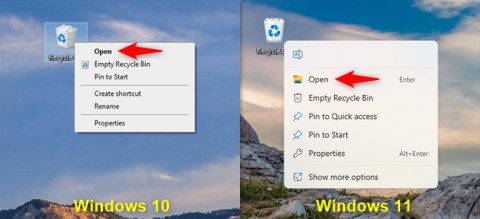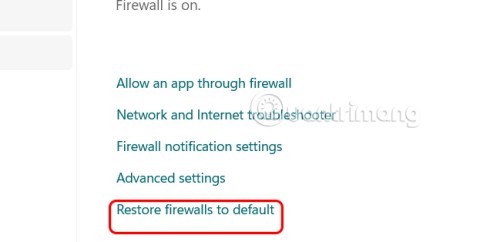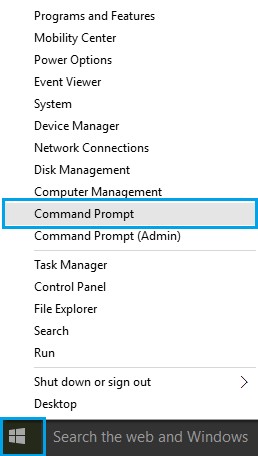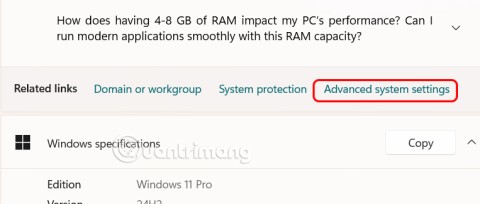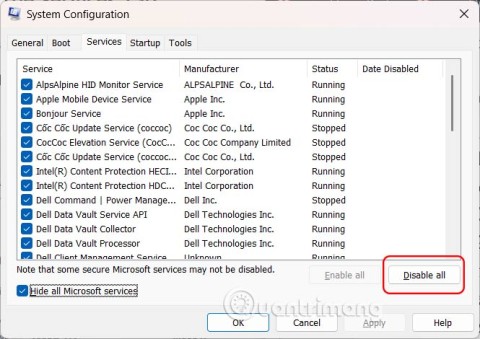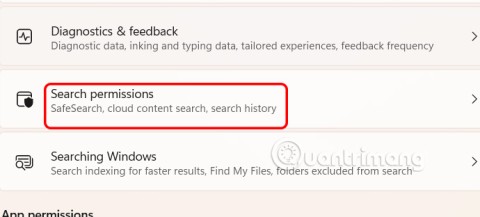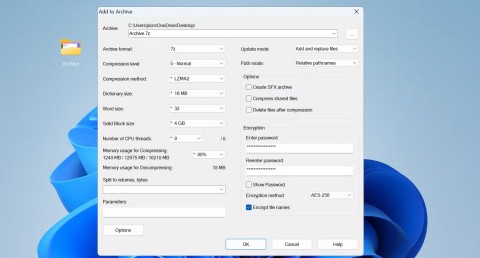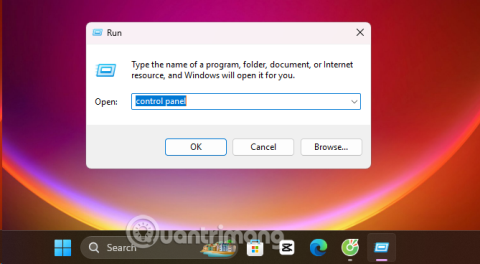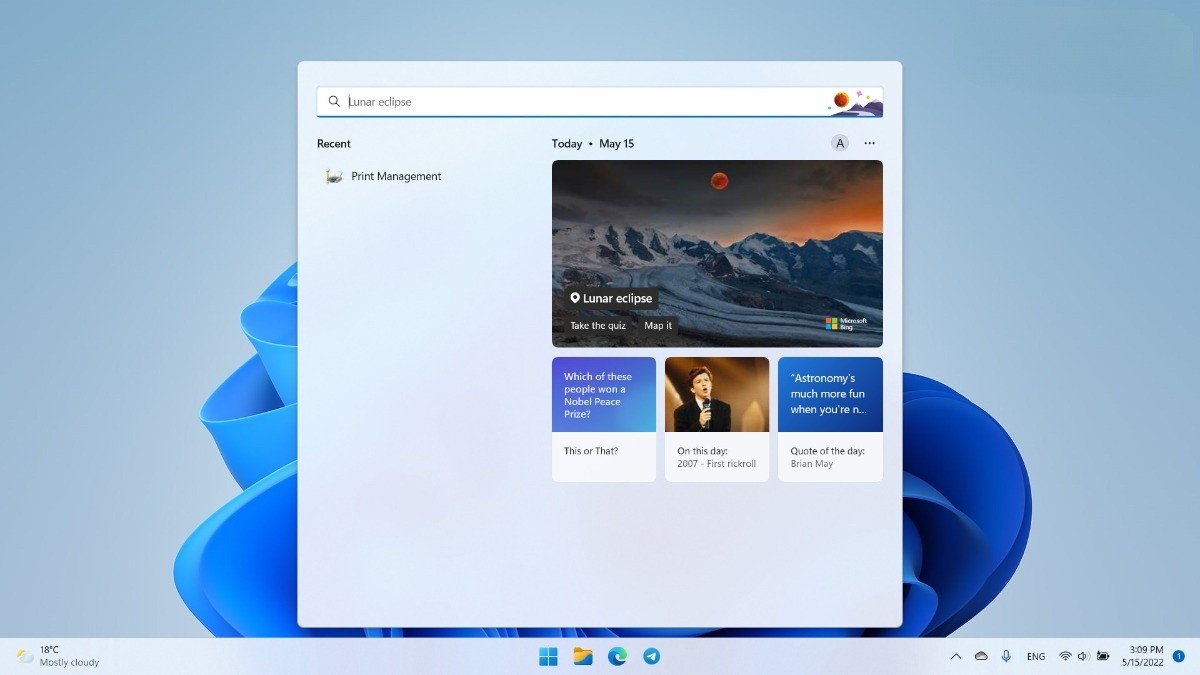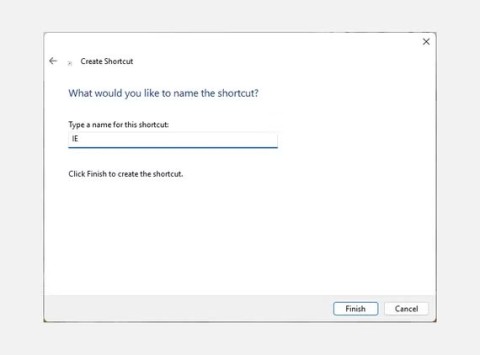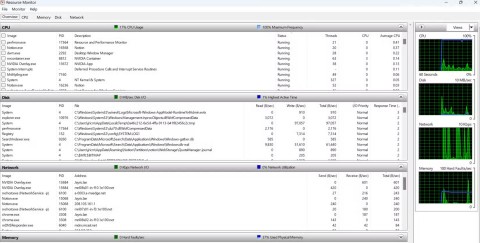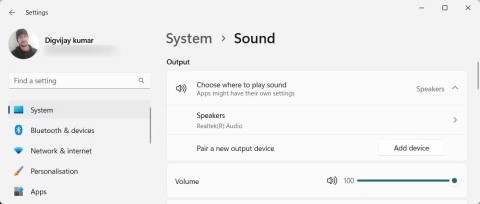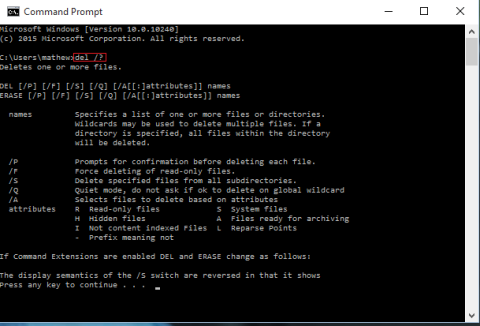Large folders on the system are one of the culprits that "eat" a lot of system space. Many folders that you create, after deleting them, will come back after a while. Maybe those are junk folders that you try to remove them.
To delete these folders you can either right-click on the folder and select the Delete option or press the Shift + Delete key combination .
However, for folders containing large files, you can use Command Prompt to "clean up" these files.
1. Clean up files in the folder
Step 1:
Open Command Prompt by typing cmd in the Search box on the Start Menu. From the list of search results, click Command Prompt.
Or alternatively, press the Windows + X key combination to open the Power User Menu. Here, click Command Prompt to open the Command Prompt window.
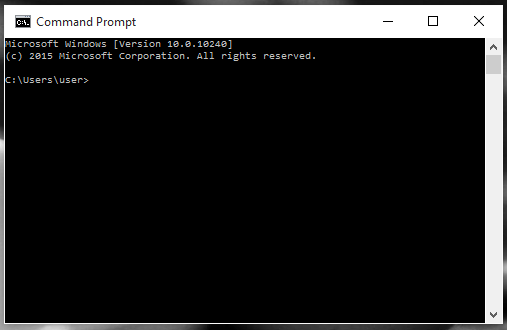
Step 2:
On the Command Prompt window, enter the following command:
del /?
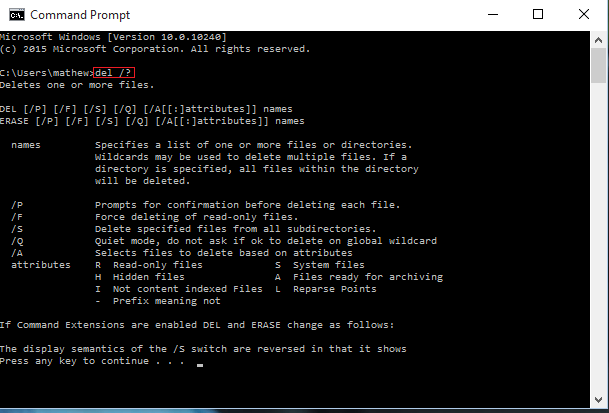
You can set the attribute next to the del command to /P or /F or /S, followed by the directory name.
It is up to you to choose whether you want to be prompted for confirmation before deleting or force deleting a folder or deleting specific files in a folder. The explanation will be displayed on the Command Prompt window.
For example, using the command del /P hello, you will get a confirmation message to delete all files in the Hello directory.
2. Delete the entire folder, including files and subfolders
If you want to delete the entire folder, including all subfolders and folders, files, follow the steps below:
Step 1:
Open Command Prompt by typing cmd in the Search box on the Start Menu. From the list of search results, click Command Prompt.
Or alternatively, press the Windows + X key combination to open the Power User Menu. Here, click Command Prompt to open the Command Prompt window.
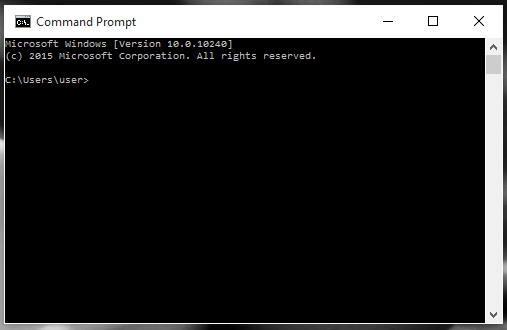
Step 2:
Enter the following command into the Command Prompt window:
rmdir /?
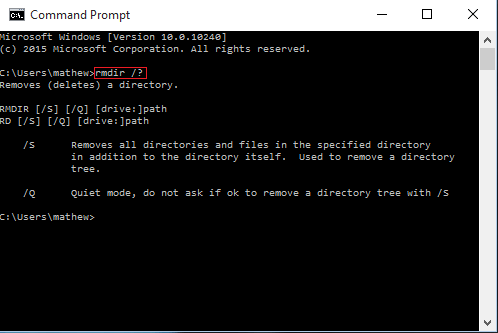
The attribute location next to rmdirn can be either /S or /Q, depending on whether you want to delete the directory and the files within the particular directory.
See more articles below:
